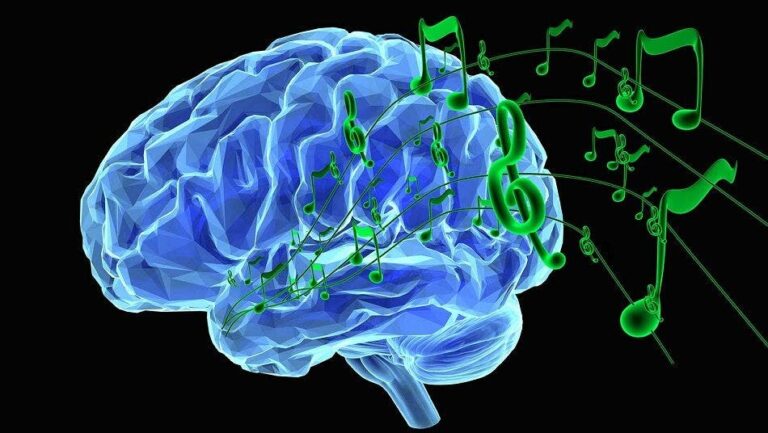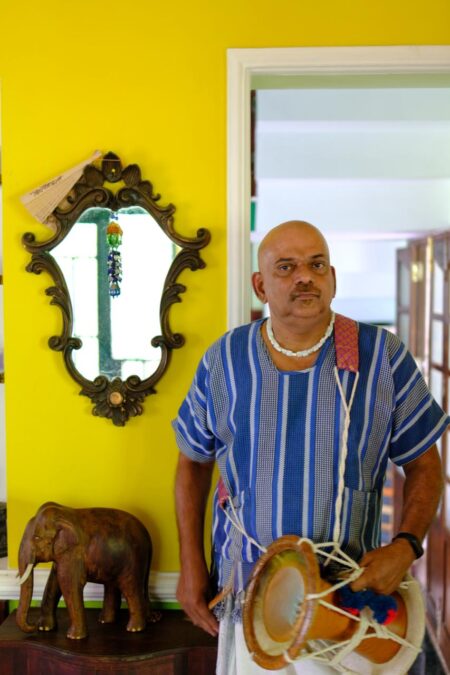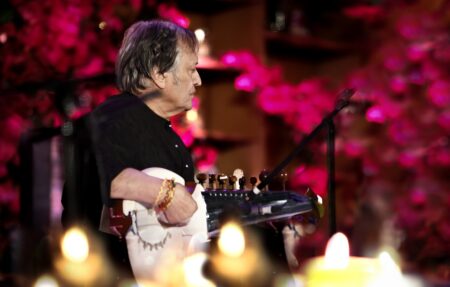On World Music Day (today) the writer, a leading Hindustani classical vocalist and a music therapist shares the healing qualities of ragas and how it helped her autistic child.
Hindustani classical music is the science and art of sound, embedded with the postulates of tone, tempo, stimuli and euphony. These elements collectively posit musical signals to the auditory system to instigate appropriate responses via the cognitive and intuitive processing systems of the neural functions of the brain.
In Indian classical music, distinct ragas or melodic frameworks manifest and elicit perceptible emotions. Each raga is constructed from certain musical notes. Sundry combinations of consonances and dissonances comprise a canon of harmonious themes with varied canorous corollaries. Precisely, spiritual and emotional intents are the discerning and distinguishing features of the raga system.
Brain injuries or more colloquially used fancy terms like Autism Spectrum Disorder (ASD), Pervasive Developmental Disorder – not otherwise specified (PDD-NOS), Global Developmental Delay (GDD), Attention Deficit Hyperactive Disorder (ADHD), Communication Disorder and so on are incapabilities to decode and encode the communicative gestures and forthcoming sound signals along with certain comorbid conditions.

Besides comprehensive and cohesive clinical therapies, ragas provide significant respite to these people as well as their parents or caregivers. Several meticulously devised types of research proved that several ragas can truly mend and heal, even cases damned by conventional medicos.
The executions of systematic movement of the central nervous system occur through auditory-motor communications on the brain stem and spinal cord. Soothing raga music actually arouses the excitability and responses towards stimuli of spinal motor neurons of the cerebra.
Ragas to rescue
In my own child’s recovery journey, I have been extensively applying celestial “OM” (AUM) sound for its soothing effect to assist the mind and body to enter into states of balance and harmony. I have keenly observed the structural musical elaborations and integrative experiences of ragas like Bhatiyar, Pilu, Shree, Lalit etc. refine brain-injured people’s auditory sensitivity, thereby increasing their mindfulness, consciousness and creativity. Ragas like Deepak, Hansdhwani etc. generate noteworthy reactions to the hypo children and young adults who otherwise barely respond to the usual communications.

The “spiritual melodicism” of Hindustani music generates perfect synergy with ethereal harmonies and textural rhythms in the purest minds of these brain-injured people.
On the contrary to the general myth that instrumental music like the flute is more impactful to persons with ASD or other disorders, I perceived and experienced that vocal music therapy is better for semi verbal and those who can make sounds. Many who have difficulty in their throat and vocal cords start singing in perfect rhythm following a substantial exposure of integrated sonority and eventually attain clear speech.
Choose the right note
24-hour Continuous Electroencephalogram (EEG) monitoring with intermittent vocal music inputs to our child expounded that the very sharp tonal work produces sudden spikes which agitate the brain cells while they traverse through the lower notes with a soft tonal effect that ensures no sharp spikes.
Hence it is imperative to have the requisite skill to determine the right kinds of alankars and swar practices to have the equilibrium of the right and left cortex of the brain. The vivid improvement in our child’s confidence through the appropriate selection of ragas made her more vocal about her feelings. Now she expresses emotions more aptly and almost recovered on many fronts.
The non-invasive approach of raga music with particular phonetic sounds can amalgamate the seven main Chakras or nerve plexuses of brain-hurt people. Consistent guided listening sessions of judiciously selected ragas have a unique potentiality of associating locations of Chakras in the body with the corresponding picture, colour and phonation which consequently channelize the Chakras accurately for the well-being of the brain.
In essence, the acoustic aspects of Hindustani music promote wellness, manage stress, alleviate pain, express feelings, enhance memory and promote physical rehabilitation in brain-injured people. Here healing is considered as a movement toward mental, physical, emotional and spiritual wholeness to confront the mysterious challenges of brain-injured individuals.





3 Comments
Good morning!! Wish you a great success in your every future walk of life.!!
Would present day classical music, based on “fixed” A=440 (or whatever) western note values, have effect on physical well being and/or spiritual experience?
Music chakra for Music Therapy
I designed an innovative music chakra which can be used to teach children with autism, Downs syndrome to learn to play musical scales on the piano or keyboard.
Please see website http://www.faces108.com
If possible kindly help me reach out to a wider audience through your reputed Indian Art Review.
Regards
Dr.L.S.Ramesh .Musicologist
Chennai